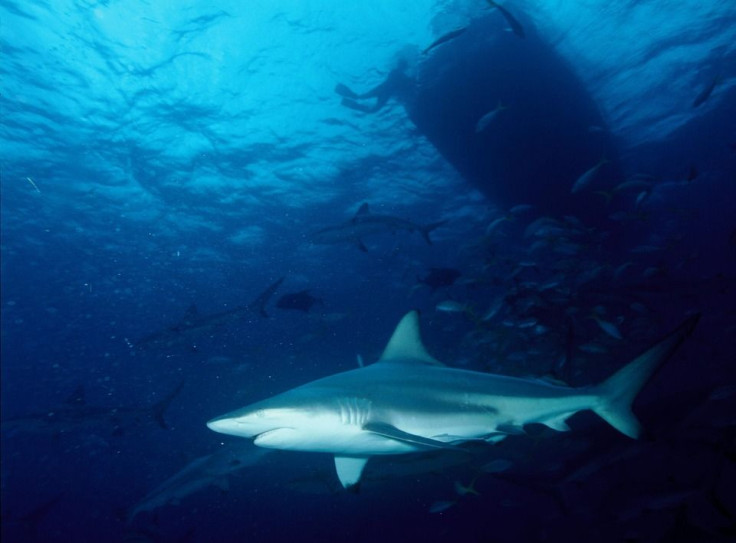Shark Wounds Don't Get Infected Easily, Study Finds

Sharks only have a few predators in the ocean, and a new study shows that even the wounds they can incur are possibly resistant to infection.
Is it possible that the bacteria on their skin contributes to their infection resistance?
Shark Wounds
Shark populations are threatened worldwide, with many species already considered endangered or threatened. Among the threats, human exploitation remains the top cause of population decline in sharks, but bacterial infections have also been increasing in marine populations in the last few decades.
However, while sharks can often be seen with open wounds in the wild, it is quite rare to see obvious signs of infection or transmissible diseases on them. For instance, black-tip reef sharks are often observed with deep wounds on their skin, but they also exhibit signs of rapid healing.
As such, researchers of a new study published in the journal Animal Microbiome sought to understand the possible contribution of the sharks’ skin bacterial community to the ability to heal fast.
Shark Skin Bacteria
For the study, the team collected a total of 88 mucus samples from back and gill skins with lesions as well as from healthy skins of black-tip reef sharks caught in the wild around the Seychelles Islands. Researchers sequenced the samples to identify the bacteria present in them, then compared the samples from the different sharks and tested them to detect changes in response to injuries.
Interestingly, the researchers found no differences between the bacteria on injured and uninjured skin, which means that there were either no signs of infection on the injured skin or that the infections were too mild to detect. According to the researchers, this suggests that shark skin does not easily get infected, and the native bacteria on shark skin remains the same even after an injury.
Infection Resistance
However, researchers did find differences in the skin bacteria of sharks from different areas even if they are just a few kilometers away from each other. This might be a result of black-tip reef sharks’ reluctance to move between habitats, so the differences in environmental factors such as pollution, water temperature or nutrition availability in the area are reflected in their skin microbiome.
As such, while the direct contribution of bacteria to counter infections are so far still unknown, the researchers are not ruling out the possibility that the differences may actually have an adaptive benefit to the sharks.
For now, researchers say that there is still more to learn about sharkskin microbiome, from the regional differences to its possible contribution to sharks’ infection-resistance and wound healing.
“We really need to delve deeper into bacterial functions and innate immunity of sharks to understand what is really going on and how wound healing in sharks is mediated,” study lead Claudia Pogoreutz said.
For instance, earlier this year, another team of researchers also found that great white shark genes enable the creatures to heal fast after an injury and protects them against diseases such as cancer.
© Copyright IBTimes 2025. All rights reserved.






















